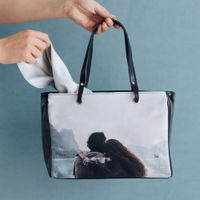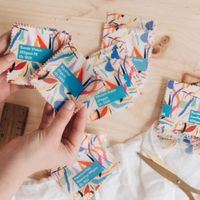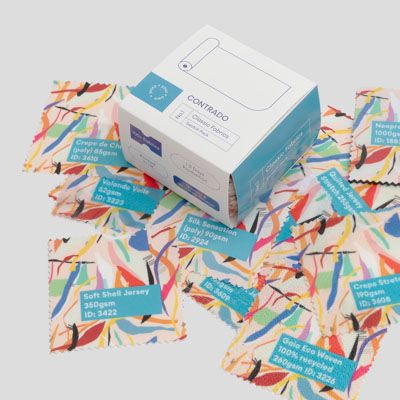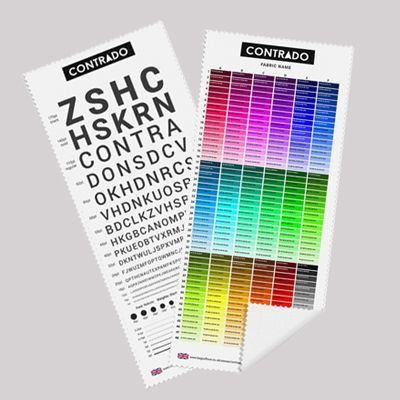What is Muslin Fabric?
Muslin fabric has many different uses. It is a fabric that is made using a plain weave, and it gets it's name from the city of Mosul in northern Iraq, which is possibly where it was first manufactured. Muslin is fine, soft and lightweight. Is it used as a French polishing pad for shellac polishing, and is the traditional material for the cloth wrapped around a Christmas pudding. It is also the material that beekeepers use to filter melted beeswax through when they are cleaning it of debris and foreign particles. It is even used in cerebrovascular neurosurgery, to wrap around intracranial vessels or aneurysms that are at risk of bleeding, to reinforce and prevent rupture. In more recent years, muslin has become a popular choice for newborns, especially due to its soft and strong nature. Muslin squares are a popular essential with new babies. Known as a mother's best friend, they are so versatile that they don't have one specific purpose; used as bibs, dribble-cloths, comforters, sunshades or for lining cold changing mats, they really do have unlimited uses.
How your Personalised Muslin Fabric is Finished
We offer multiple ways for you to receive your printed muslin fabric; these options are presented to you in our simple-to-use, intuitive online design tool. After we have permanently bonded your print on muslin fabric, we can either send it to you "As is" with a white border around the edges; exactly as it comes from the printer. If you would prefer, we can "Cut on the Line" your personalised muslin fabric; one of our experts will cut all the white edging from the fabric, leaving only the part with your print.
Another option is to have your custom printed muslin fabric hemmed. One of our experienced seamstresses will stitch the hem around the entirety of your personalised muslin fabric. This will be done directly here in our Bags of Love studio. You will have the choice of black or white thread which will make be used to make an overlock hem, which is stitched completely over the edge of the material. Please make sure that you account for hemming when providing your measurements.























